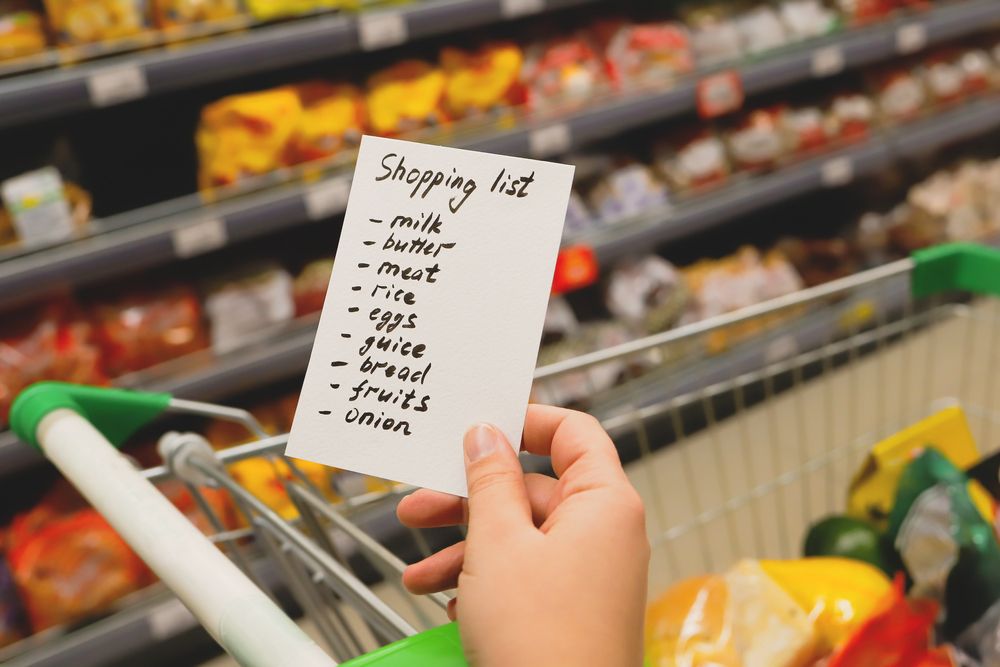
Welcome to the savvy shopper’s guide to crafting a lean grocery list that will not only help minimize your spending but also maximize your pantry’s potential. In today’s economic climate, being budget-conscious is more important than ever. With food prices fluctuating and household budgets tightening, it’s essential to strategize before heading to the supermarket. This article aims to provide you with practical and actionable tips that will help you keep your grocery bills in check while still enjoying a variety of healthy and delicious meals.
Understand Your Pantry
Before you even think about stepping foot in a grocery store, it’s crucial to take stock of what you already have. Many of us are guilty of overbuying, leading to waste and unnecessary spending. By understanding your pantry, you can avoid duplicating items that you already have on hand.
Start by organizing your pantry and categorizing items. Group together your grains, canned goods, spices, and other non-perishables. Next, move to your refrigerator and freezer. Make a list of items that need to be used soon, and plan your meals around them. This approach not only helps in minimizing waste but also in sparking creativity in your meal planning.
Once you’ve taken an inventory of what you have, you’ll be better prepared to make a list of what you actually need. This reduces the temptation to buy items on a whim and helps you focus on purchasing only the essentials for your planned meals and pantry replenishment.
Plan Your Meals
Meal planning is the cornerstone of a lean grocery list. By knowing what you’re going to eat throughout the week, you can buy only what you need, thereby reducing waste and over-spending. Start by mapping out your meals for the week, considering breakfast, lunch, dinner, and snacks. Be realistic about your cooking habits and time constraints to avoid overly ambitious plans that might lead to unused ingredients.
When planning, think in terms of versatility. For example, a rotisserie chicken can be used for dinner one night, then repurposed into sandwiches or salads for lunch the following day. Similarly, a large batch of quinoa cooked on Sunday can be incorporated into various meals throughout the week.
To keep things interesting, rotate your meals and try to incorporate seasonal produce, which is often more affordable. Additionally, look for sales and discounts in your local grocery ads and plan some of your meals around those items.
Set a Budget
Having a clear budget is essential when trying to minimize grocery spending. Determine how much you can afford to spend on groceries each week or month, and stick to it. One helpful strategy is to withdraw the allotted grocery money in cash. Shopping with cash can make you more conscious of your spending and less likely to go over budget.
Keep in mind that your budget should be flexible enough to accommodate occasional splurges or stock-up opportunities. If there’s a great sale on something you use frequently, it might be worth buying a little extra. Just make sure to adjust your spending in other areas to compensate.
Remember to factor in other expenses, such as eating out or ordering in. If you find that you’re consistently under budget, you can use the surplus to treat yourself or save for future expenses.
Prioritize Nutrient-Dense Foods
Nutrient-dense foods give you more bang for your buck in terms of health benefits. These foods are rich in vitamins, minerals, fiber, and other essential nutrients while being relatively low in calories. By prioritizing these foods on your grocery list, you can ensure that your meals are both cost-effective and nutritious.
Focus on whole foods like fruits, vegetables, lean proteins, whole grains, and legumes. These items can be more affordable in their whole, unprocessed forms. For example, buying a block of cheese is often cheaper than pre-shredded cheese and buying whole fruits and vegetables rather than pre-cut versions.
Don’t forget to include a variety of colors in your produce choices, as this is an easy way to ensure a range of nutrients. And while fresh produce is excellent, don’t overlook frozen options, which can be just as nutritious and often more convenient and cost-effective.
Shop Smart
Finally, when you’re ready to hit the grocery store with your lean list in hand, be smart about how you shop. First and foremost, never go shopping hungry. An empty stomach can lead to impulse buys that are not on your list.
Familiarize yourself with the layout of your grocery store and try to shop the perimeter first. This is typically where the fresh produce, meats, and dairy are located. Processed and less healthy snack foods are often found in the center aisles.
Keep an eye out for store brands, which are usually less expensive than name brands and often of similar quality. Also, be wary of deals that encourage you to buy more than you need, like “buy one, get one free” offers. If it’s not on your list or not something you’ll use before it expires, it’s not a deal for you.
Lastly, consider using grocery apps or loyalty programs that can offer additional savings. Just be sure that the discounts align with your list and meal plan.
Crafting a lean grocery list is a skill that can lead to significant savings over time. It involves understanding your pantry, planning your meals, setting a budget, prioritizing nutrient-dense foods, and shopping smart. By implementing these strategies, you can navigate the grocery store with confidence, knowing that every item in your cart is a step towards a healthier lifestyle and a healthier bank account. Happy shopping and happy savings!
